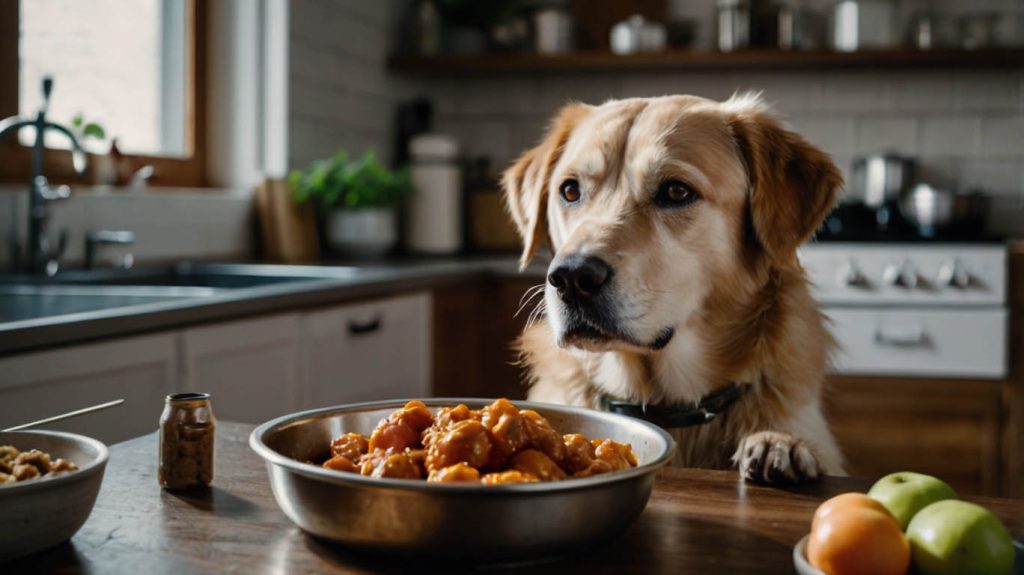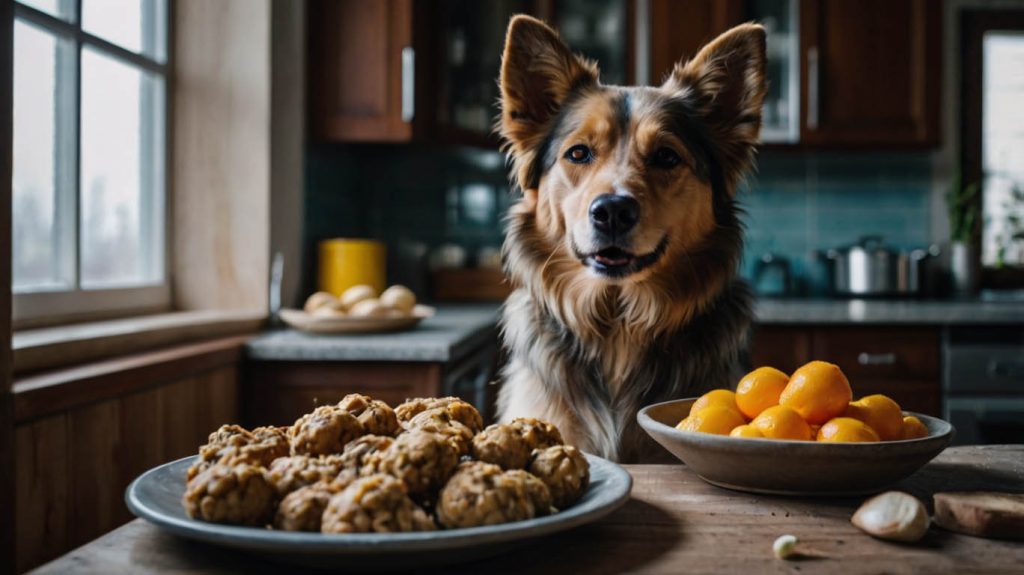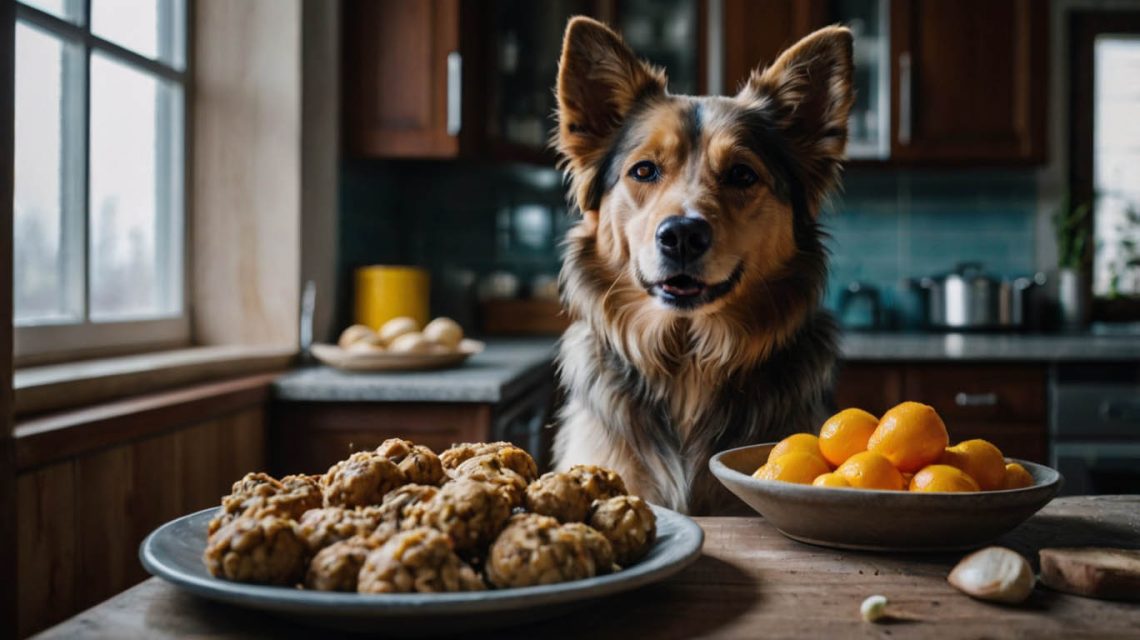Homemade Food for Dogs with Kidney Disease: A Vet-Reviewed Guide to Diet and Care
A diagnosis of kidney disease in your beloved dog can be a frightening and overwhelming experience. The story often begins with subtle signs—maybe increased thirst or changes in urination—followed by a vet visit that changes everything. As you process the news, you quickly learn that diet is one of the most powerful tools you have to manage the condition. However, when your dog refuses to eat the prescribed renal diet, you may start searching for alternatives, like homemade food for dogs with kidney disease.
This guide is your comprehensive roadmap to navigating this challenging but manageable journey. We will explore why a specific diet is so critical, break down the essential nutritional components, provide a sample recipe to discuss with your vet, and highlight the non-negotiable role of professional guidance. Consequently, you will be empowered to make informed, safe decisions that can improve your dog’s quality of life.
⚠️ IMPORTANT SAFETY WARNING: PLEASE READ FIRST ⚠️
This is not a do-it-yourself project. An improperly balanced diet can cause more harm than good for a dog with kidney disease. The information in this article is for educational purposes only and is intended to facilitate a conversation with your veterinarian or a board-certified veterinary nutritionist. You must work with a professional to create a diet tailored to your dog’s specific stage of kidney disease and their individual bloodwork.

The “Why”: Understanding the Goals of Homemade Food for Dogs with Kidney Disease
First and foremost, to properly prepare homemade food for dogs with kidney disease, you must understand the “why” behind the strict dietary rules. Your dog’s kidneys are responsible for filtering waste products from the blood. When their function is compromised, these waste products build up, making your dog feel sick.
The primary goals of a renal diet are:
- To Reduce the Kidneys’ Workload: By carefully controlling certain nutrients, we can decrease the amount of waste the kidneys have to filter.
- To Slow the Progression of the Disease: While we can’t reverse kidney damage, a proper diet is scientifically proven to slow it down.
- To Manage Symptoms and Improve Quality of Life: The right diet can help control symptoms like nausea and lethargy, helping your dog feel better day-to-day.
The Core Components of Homemade Food for Dogs with Kidney Disease
A renal diet is a delicate balancing act. Here are the key nutritional modifications you and your vet will focus on.
Restricted but High-Quality Protein in Homemade Food
This is often the most misunderstood component. It’s not about eliminating protein, but about controlling the amount and maximizing the quality.
- Why Restrict It? Protein metabolism creates nitrogenous waste (like urea), which the kidneys must filter. By moderately restricting protein, we reduce the amount of this waste, lessening the kidneys’ burden.
- Why High-Quality? High-quality, highly bioavailable proteins produce less waste for the same amount of nutritional benefit. Think of it as “cleaner-burning” fuel.
- Best Sources: Eggs, lean chicken or turkey (skinless), and certain types of fish like cod or pollock are excellent choices.
Low Phosphorus: The #1 Rule for Homemade Dog Food for Kidney Disease
If you remember only one rule, let it be this: phosphorus restriction is critical. Healthy kidneys remove excess phosphorus from the body. Damaged kidneys cannot, leading to a buildup that can further damage the kidneys and make your dog feel terrible.
- Low-Phosphorus Foods to Include: White rice (not brown), sweet potatoes, pumpkin, apples, carrots, and green beans.
- High-Phosphorus Foods to AVOID: Organ meats (liver, heart), dairy products, bone meal, most fish (except whitefish), and egg yolks (egg whites are excellent).
- Phosphorus Binders: Even with a low-phosphorus diet, your vet will likely prescribe a phosphorus binder, a medication given with meals to prevent dietary phosphorus from being absorbed.
Increased Omega-3 Fatty Acids in the Diet
Omega-3 fatty acids, particularly EPA and DHA found in fish oil, have natural anti-inflammatory properties. Research from sources like the Morris Animal Foundation shows they can help reduce inflammation within the kidneys, potentially slowing disease progression. This is a vital supplement for most homemade food for dogs with kidney disease.
Water Content and The Importance of Hydration
Hydration is crucial for helping the kidneys flush waste. One of the biggest advantages of a homemade diet is its high moisture content compared to dry kibble. You must ensure your dog always has access to fresh, clean water.

A Sample Recipe for Homemade Food for Dogs with Kidney Disease (Example Only)
Reminder: This is an example to discuss with your vet or veterinary nutritionist. It is not a complete and balanced prescription for your dog. A professional will need to adjust proportions and add specific supplements based on your dog’s individual needs.
Ingredients:
- 1/2 cup cooked ground turkey or chicken (boiled and drained of fat)
- 2 cups cooked white rice
- 1/4 cup plain canned pumpkin puree (not pie filling)
- 1/4 cup steamed carrots, finely chopped
- 1 teaspoon of high-quality fish oil (or as directed by your vet)
Instructions:
- Cook the ground meat thoroughly by boiling it, then drain all the fat.
- Cook the white rice according to package directions.
- Steam or boil the carrots until very soft.
- In a large bowl, combine all the ingredients and mix well.
- Serve when cooled to room temperature. This recipe can be made in batches and refrigerated for 3-4 days or frozen in individual portions.
The Most Important Ingredient: Working with a Professional
You cannot create a balanced homemade food for dogs with kidney disease on your own. It will be deficient in crucial vitamins and minerals.
- Your Veterinarian: They will monitor your dog’s bloodwork (BUN, creatinine, phosphorus levels) and prescribe necessary medications like phosphorus binders.
- Board-Certified Veterinary Nutritionist: For a truly customized homemade diet, a consultation with a veterinary nutritionist is the gold standard. They can create recipes perfectly tailored to your dog’s specific stage of disease and preferences. You can find one through the American College of Veterinary Nutrition (ACVN) directory.
Mistakes to Avoid When Making Homemade Food for Dogs with Kidney Disease
- Forgetting Supplements: A homemade diet is not balanced without the specific vitamin/mineral supplement your vet or nutritionist recommends.
- Using High-Sodium Ingredients: Avoid using store-bought broths (which are high in sodium) or any processed human foods.
- “Eyeballing” Ingredients: Precision is key. Use measuring cups and a food scale to ensure the proportions are correct every time.
- Not Monitoring Your Dog: Regularly weigh your dog and monitor their appetite, energy levels, and thirst. Report any changes to your veterinarian immediately.
Conclusion: A Proactive Step Towards a Better Quality of Life
Preparing homemade food for dogs with kidney disease is a profound act of love and commitment. While it requires diligence and a strong partnership with your veterinary team, it can be an incredibly effective way to manage your dog’s health, entice them to eat, and give you a sense of control in a difficult situation. The right diet can make all the difference, helping your beloved companion feel better for longer.


